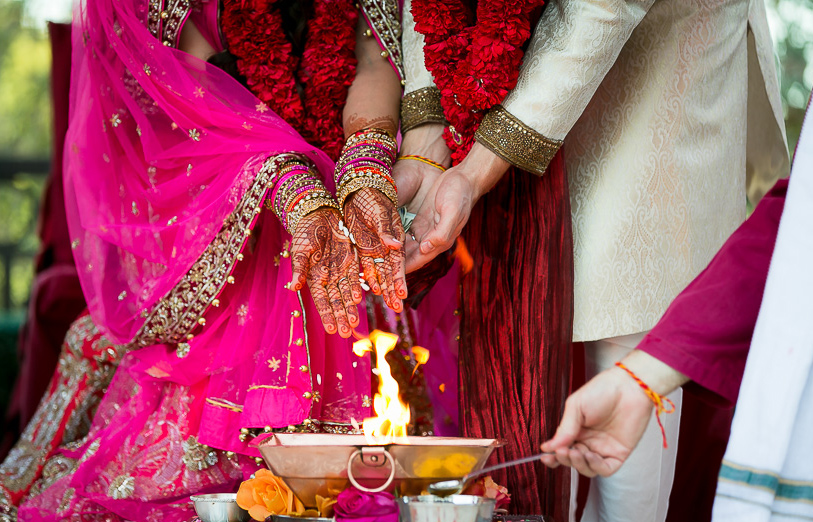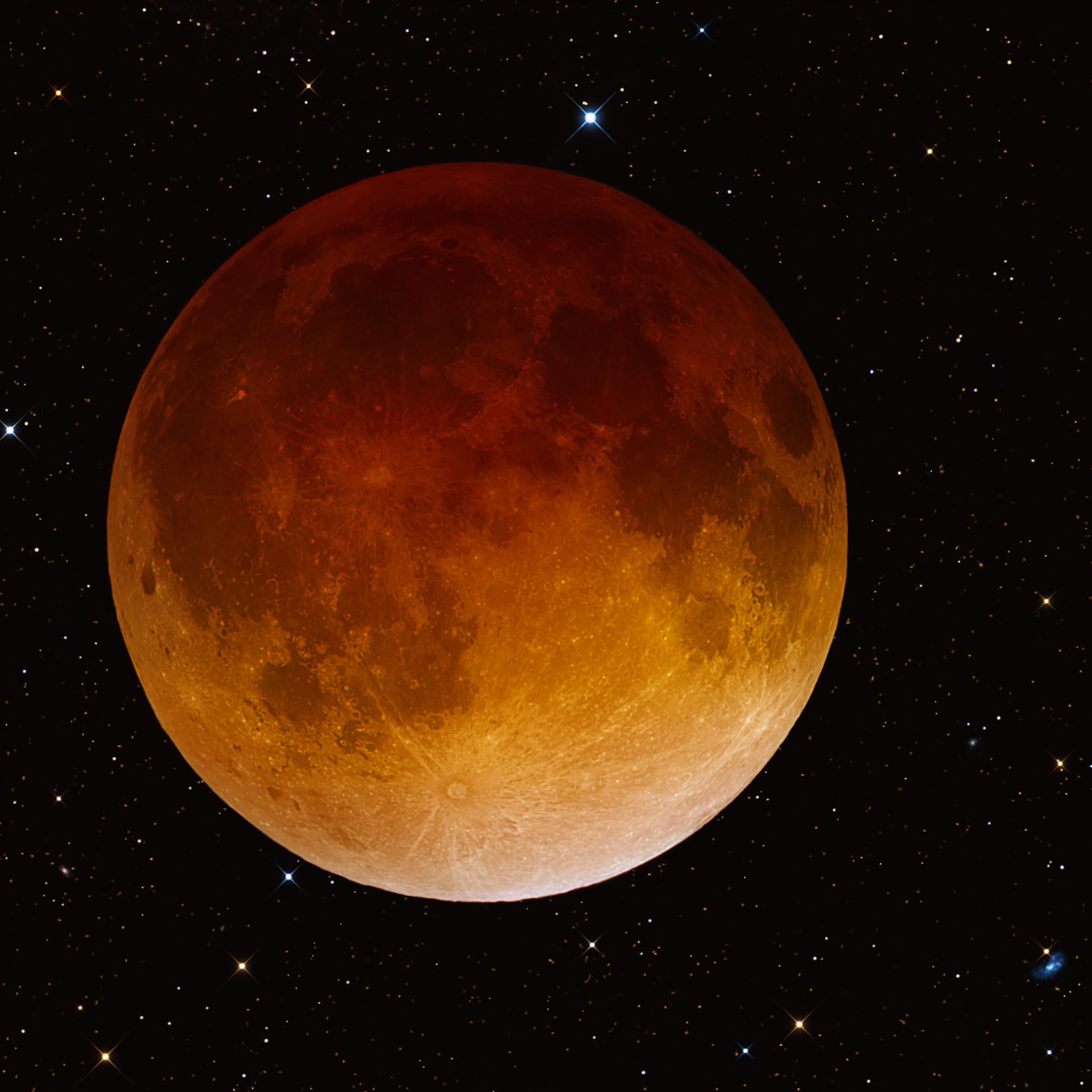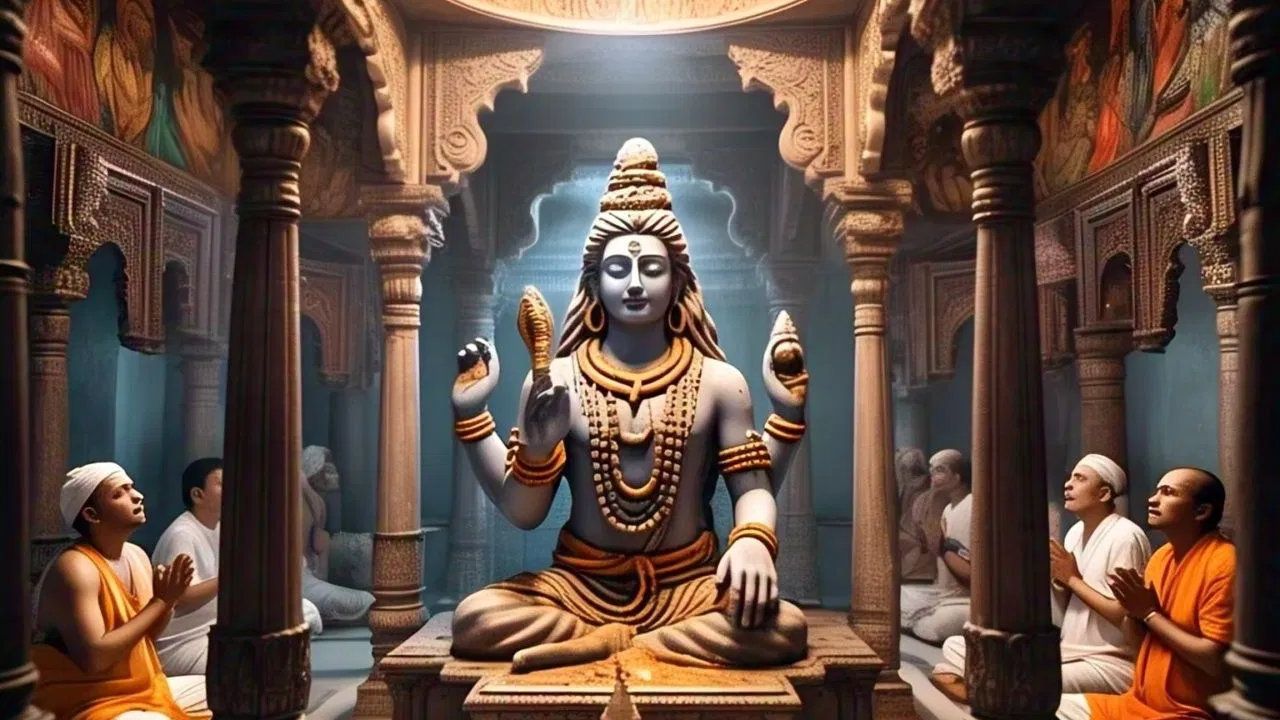From Brahma Muhurta to Midnight Muhurats: Why Modern Weddings Break the Ancient Rule
In Indian Hindu culture, marriage is more than a celebration—it is a sacred sacrament that unites not just two individuals, but two entire families. At the heart of this ceremony lies the havan, the sacred fire around which the bride and groom take the seven holy pheras. Traditionally, Hindu scriptures clearly recommend performing the havan during daylight hours, between sunrise and sunset.
Yet, despite this scriptural prescription, most North Indian weddings unfold under the glittering night sky. Why does an auspicious ritual, meant for daytime, end up performed at night? The answer lies in a combination of spiritual beliefs, astrological symbolism, historical events, and evolving lifestyle trends.
** Why Is Night Havan Not Recommended in Scriptures?**
- According to ancient texts, nighttime is dominated by tamas, a quality associated with darkness, rest, and inactivity.
- It is also described as the time when tantric practices and negative energies are believed to be most active.
- For householders, the scriptures encourage performing sacred acts like yajna and havan in the purity of daylight, benefiting from the positive energy radiated by the sun.
- Thus, traditionally, a wedding fire ritual is considered spiritually aligned with morning or evening light—not late night.
** The Power of Brahma Muhurta**
In Sanatan Dharma, Brahma Muhurta—the early morning period before sunrise—is revered as the most spiritually charged time of the day.
Ancient marriages and other samskaras were often conducted:
- Early in the morning, or
- Around sunset,
when nature is calm, serene, and spiritually elevated.
** The Astrological Angle: Stars, Moon & Cosmic Blessings**
Astrology offers a completely different reason for night weddings—the sky itself becomes a divine witness.
- During the pheras, couples are traditionally shown the Saptarishi constellation and the Pole Star (Dhruva Tara).
- The Pole Star stands for stability, steadfastness, and eternal guidance—qualities essential for a balanced married life.
- Dhruva is visible only at night, which is why many muhurats fall after sunset.
- The Moon and Venus (Shukra)—symbols of love, tenderness, and harmony—shine at night, further enhancing the auspiciousness of the moment.
Thus, astrology gives night weddings a beautifully poetic charm.
** The Historical Twist: Safety During Mughal Rule**
Perhaps the most practical reason for night weddings emerged during India’s medieval past.
- During the Mughal era, large daytime Hindu weddings risked attracting unwanted attention, looting, or abduction.
- To protect their families and rituals, people began conducting weddings quietly after sundown, when visibility was low and gatherings were less noticeable.
- Over time, this precaution turned into a full-fledged cultural tradition—especially across North India.
This historical layer explains why, despite non-scriptural timing, night weddings became the norm.
** North vs South: Why the Difference?**
- In South India—Kerala, Tamil Nadu, Karnataka, Andhra Pradesh—weddings are still predominantly daytime ceremonies, sticking closely to Vedic customs.
- In North India, however, night weddings have become a social standard, shaped by history, convenience, and modern urban lifestyles.
Today, the glitter of night décor, lights, and music has helped this tradition thrive even more.
** Times Change, Traditions Evolve**
Even though traditional scriptures do not prescribe night havans, Indian weddings beautifully demonstrate how culture adapts. Life circumstances, astrology, and community safety have all played a part in shaping the rituals we follow today.
Most modern priests and astrologers now agree that:
- The muhurat (auspicious timing) matters far more than whether it falls by day or night.
- What truly blesses a marriage is the sanctity of intention, the presence of loved ones, and the spiritual union of two souls.
Night weddings in North India are not just about convenience—they are the result of centuries of evolution, blending ancient wisdom with historical necessity and astrological beauty.
ALSO READ: Homemade Green Tea Powder





